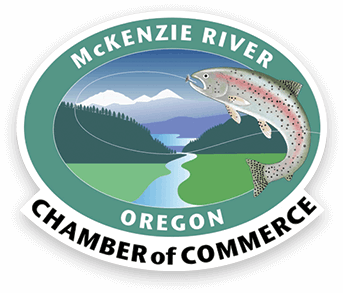Oregon Main Street Conference
The 2025 Oregon Main Street Conference on October 8 in Albany brought together community leaders, city staff, and volunteers from across the state to focus on one idea: keeping downtowns vibrant takes constant care. The presenter, Kathy LaPlante, is a longtime Main Street director. She reminded attendees “that downtown revitalization is never “finished.” Businesses change, needs evolve, and without steady management—like a mall’s permanent staff—momentum fades,”” she said.
The session outlined eight guiding principles for strong Main Street programs, emphasizing comprehensive approaches, incremental progress, community partnerships, and measurable results. Revitalization, LaPlante said, isn’t about one-off events or beautification projects—it’s about continuous, organized effort grounded in local identity.
Other information included details on the Main Street model, which rests on four points: Organization, Economic Vitality, Design, and Promotion.
Organization, sometimes called Outreach, is the foundation. It includes fundraising, volunteer development, and partnerships.
Economic Vitality strengthens local business and property investment.
Design shapes the look and feel of downtown.
Promotion builds community energy through marketing and events. Together, they create lasting transformation and a sense of ownership among residents.
A major focus of the presentation was funding and partnership building. Main Street programs, according to LaPlante, need diverse income sources—ideally 30–50% from government entities, 20–30% from local businesses, 30–40% from community and event revenue, and 5–15% from grants or merchandise sales. Creative fundraising ideas have ranged from community “pitch nights” to partnerships with service providers who benefit from a thriving downtown.
Volunteers were described as essential to keeping programs sustainable. Starting people with small, rewarding tasks and gradually expanding their roles helps prevent burnout and builds future leaders. “You’re not just filling slots,” LaPlante said. “You’re creating owners of the program.”
Promotion was described as the heartbeat of downtown—a way to make it the community’s “third place.” Image campaigns, business promotions, and special events each play a role in shaping how people experience and support local districts. LaPlante encouraged people to plan early, measure outcomes, and focus on quality over quantity.
The session closed with a simple truth that resonated through the room: downtowns don’t revive themselves. They thrive when people invest time, creativity, and commitment year after year. “If we take care of our downtowns,” LaPlante said, “they’ll keep taking care of us.”

